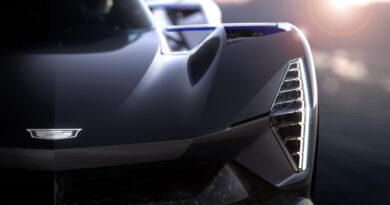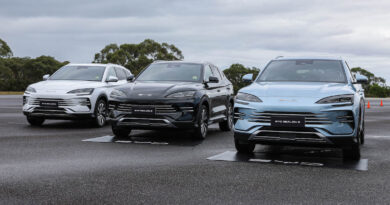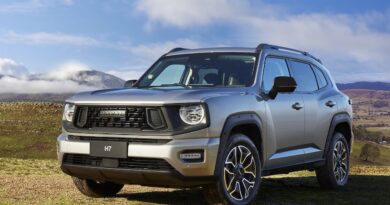McLaren reveals first PHEV supercar chassis
From this simple looking carbon-fibre core a new generation of electrified McLaren sports and hypercars will be based over the next decade, starting with a plug-in hybrid in 2021.
The architecture, designed specifically to accommodate new hybrid powertrains, has been entirely engineered, developed and produced in-house at the McLaren Composites Technology Centre (MCTC) in the Sheffield region of the UK.
It will gradually replace the P11 ‘MonoCell’ architecture that has been the core of every McLaren Automotive model since it launched with the 12C in 2011.
While a parallel hybrid system has featured in the ultra-expensive Ultimate series P1 and Speedtail McLarens, the 2021 PHEV will be all-new. That car will join the Sports Series line-up – 540, 570, 600 – and eventually replace it. The GT and flagship Super Series cars – 720, 765 – will go the same way,.
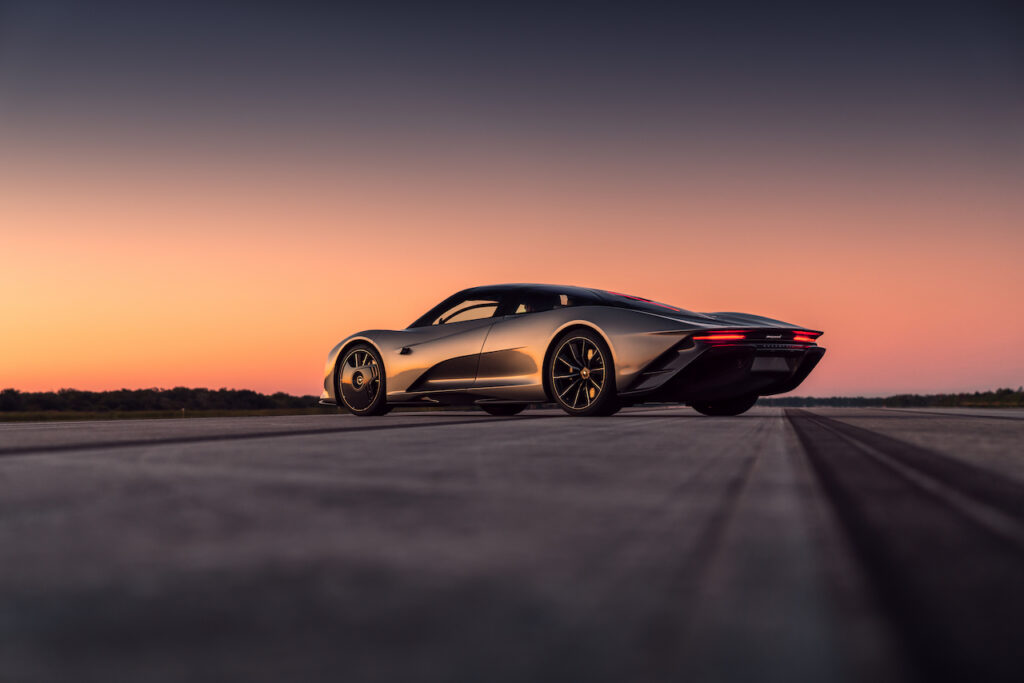
The 2021 hybrid signals the start of a process that will eventually lead to all McLarens being electrified (the company nominated it would be 100 percent hybridised by 2025). The company is unlikely to launch a vehicle without electrification after 2023.
Little has as yet been revealed about the first of these new cars. But it is understood it will have a V6 engine rather than the usual McLaren V8. It is expected to have an EV range around 30km.
McLaren says the new architecture utilises innovative, world-first processes and techniques to strip out excess mass, reduce overall vehicle weight, while also further improving safety attributes.
“The new ground-breaking vehicle architecture is every bit as revolutionary as the MonoCell chassis,” said McLaren CEO Mike Flewitt.
“This new, ultra-lightweight carbon fibre chassis boasts greater structural integrity and higher levels of quality than ever before.
“Our advanced expertise in light weight composites processes and manufacturing combined with our experience in cutting-edge battery technology and high-performance hybrid propulsion systems means we are ideally placed to deliver to customers levels of electrified high-performance motoring that until now have simply been unattainable.
“For us, light-weighting and electrification go hand-in-hand to achieve better performance as well as more efficient vehicles,” he said.
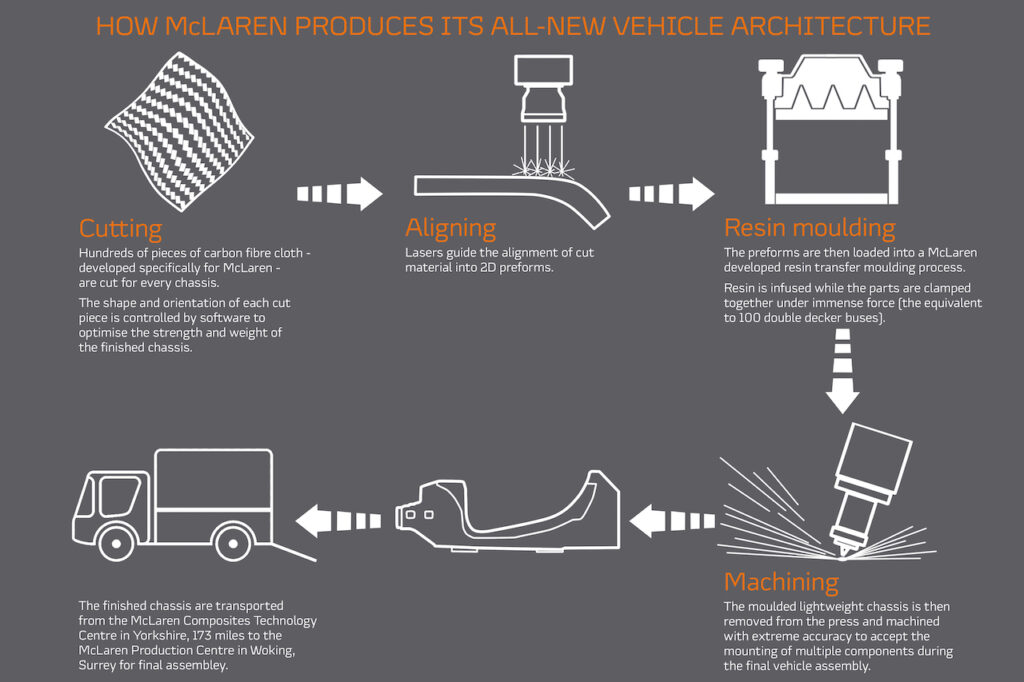
McLaren has been circumspect with details of the new hybrid. It had originally intended to reveal the chassis at the Geneva motor show last March, but that plan along with the show itself was cancelled because of the coronavirus.
Since then McLaren Group, which also includes the Formula 1 team, has had to retrench 1200 staff and go in search of funding because of financial issues triggered by the pandemic.
It also postponed the reveal of the hybrid until 2021 from late 2020.
During a pre-pandemic visit to Australia early in 2020, Flewitt did reveal some of the philosophies of the forthcoming shift to electrification by McLaren.
“We only hybridise cars to meet environmental legislation to stay compliant, but we have managed to harness the technology to make a more exciting car with better attributes to it,” he said.
“By designing it into a platform we have been able to be a lot, lot more efficient … efficient from a packaging perspective, efficient from a weight perspective and a cost perspective.”
“It will a better supercar and one that is more compliant going forward,” Flewitt said. “That is what we needed to engineer if we are really going to drive this market forward.”
In 2018 Flewitt told EV Central that the next gen powertrains would be a smaller capacity than the current McLaren V8 and that it would be “an integral part of the [vehicle] design”, something that makes sense seeing the new hybrid chassis.
He also said the hybrid system would be used to fill in any drops in torque at lower engine revs.
“You get smaller and smaller capacity engines with more and more turbocharging the powertrain itself potentially becomes less driveable. You then add a hybrid system into that and you can then fill it back out again, get the characteristics from a hybrid powertrain [that you’d struggle to get with a petrol engine].”
Flewitt also said “the V8 will be around for quite some time” and would sell alongside the smaller capacity (presumably V6) engine, giving McLaren two distinct powertrains.


